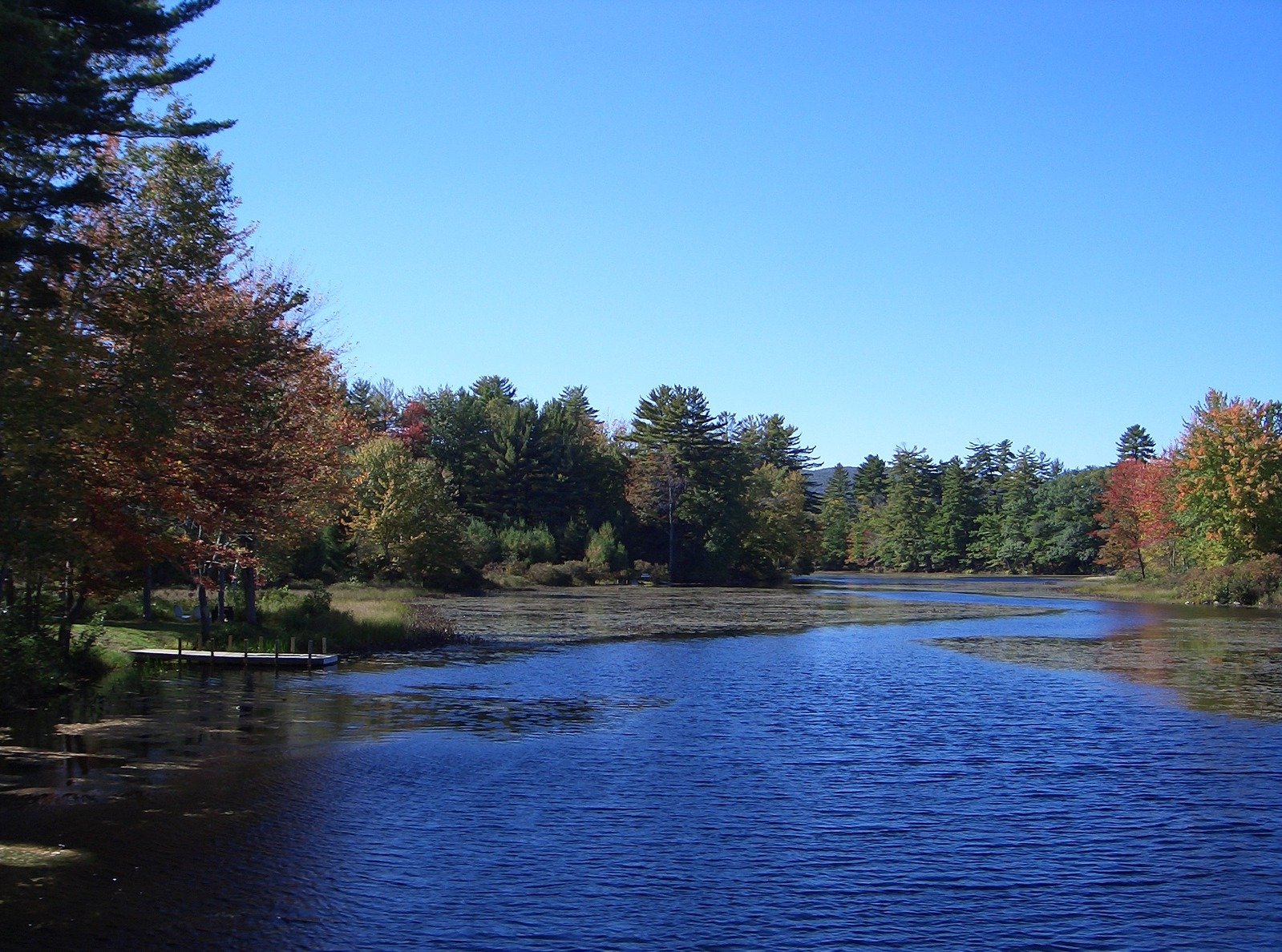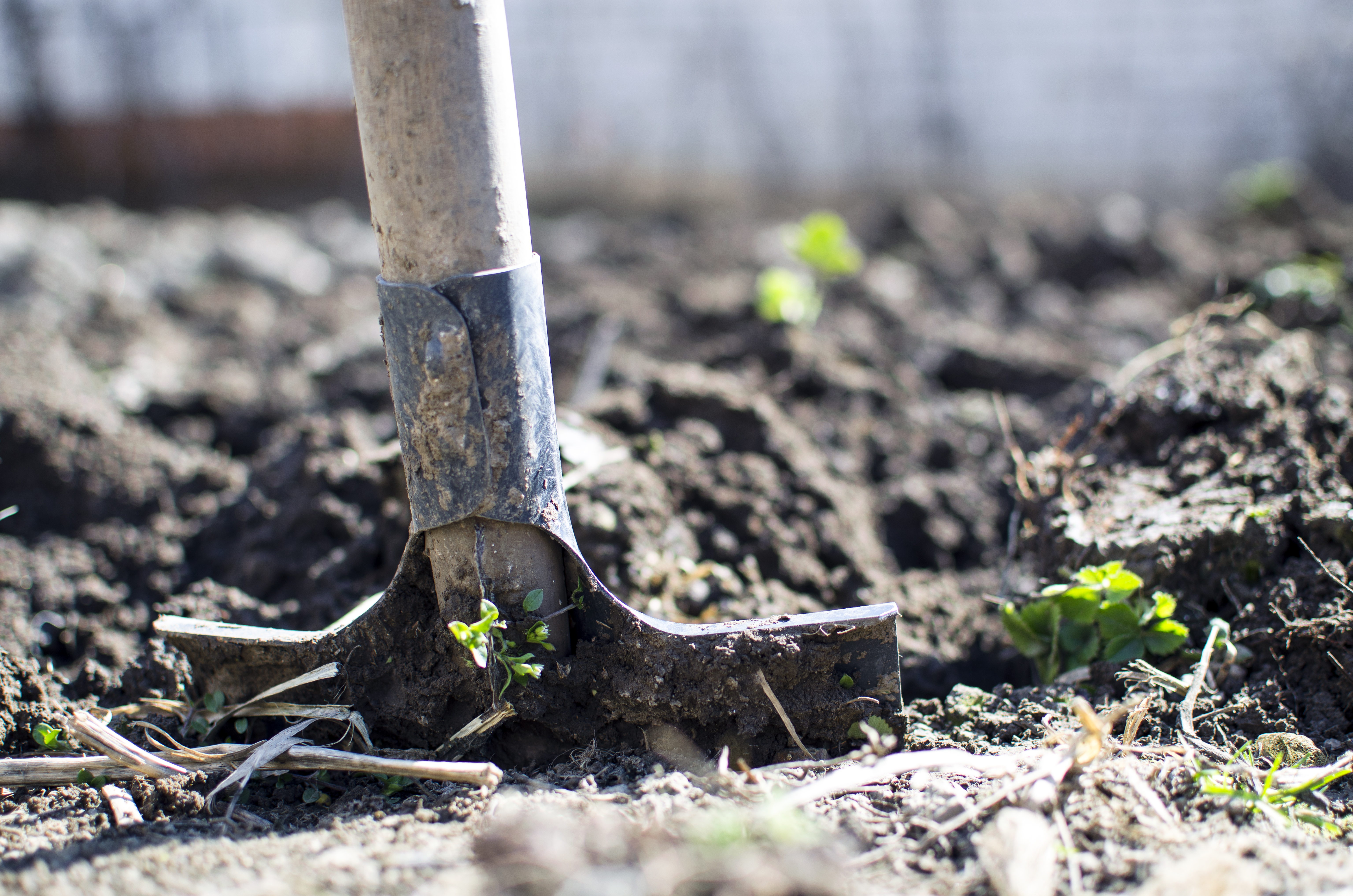By Grace Weatherall, Managing Editor at the Harvard Environmental Law Review. This post is part of the Environmental Law Review Syndicate. Read the original here and leave a comment. Introduction Bostock v. Clayton County was marked for a place among landmark Supreme Court jurisprudence as soon as it arrived.. The decision protected LGBTQ+ employees from discrimination based on their sexual orientation or gender identity, and LGBT activists and allies rightly celebrated it as an affirmation of basic human rights and dignity. But amidst this celebration, excitement arose from a different, surprising, quarter: climate change activists. Before the ink had dried…
-
-
By John Niedzwiecki, Senior Editor, Georgetown Environmental Law Review This post is part of the Environmental Law Review Syndicate. Read the original here and leave a comment. I. An algae bloom in the Gulf of Mexico is wreaking havoc on Florida’s economy and environment. An effective state and local response can help provide a solution. Florida’s southwest coast, once a haven to wildlife and tourists alike, is experiencing one of the worst red tides in recent memory. Red tides, harmful algae blooms (“HABs”) which often have a red hue which affect both inland and coastal waterways, are common occurrences in…
-
By Sarah L. Fine Sarah Fine is a J.D. candidate at Lewis & Clark Law School and an Online Journal Editor of Environmental Law. This post is part of the Environmental Law Review Syndicate. As the old saying goes, whiskey is for drinking—water is for fighting over. I. Introduction The mythic Dead Sea—the highly salinated, low-altitude lake of international interest and importance—is drying up.[1] Although the Jordan Rift Valley, where the Dead Sea is located, is known for frequent droughts, the decline of the Dead Sea is primarily due to human intervention—namely, the diversion of the Jordan River, the main…
-
By James D. Flynn James Flynn is an LL.M. candidate at New York University School of Law and the graduate editor of the NYU Environmental Law Journal. This post is part of the Environmental Law Review Syndicate. I. Introduction In recent years, states in New England and the mid-Atlantic region have made significant progress in reducing climate change-inducing greenhouse gas (GHG) emissions from the electricity generation sector.[1] Several factors–including the effects of the economic recession, shifts in energy markets from coal to natural gas and renewable energy sources, and carbon pollution mitigation and clean energy programs like renewable portfolio standards–have…
-
THE CASE FOR CAP-AND-TRADE: CALIFORNIA’S BATTLE FOR MARKET-BASED ENVIRONMENTALISM SOIL CONSERVATION IN CALIFORNIA: AN ANALYSIS OF THE HEALTHY SOILS INITIATIVE OPPORTUNITIES TO ADDRESS CLIMATE CHANGE IN THE NEXT FARM BILL
-
Sara Dewey,[1] Liz Hanson,[2] & Claire Horan[3] This post is part of the Environmental Law Review Syndicate. Read the original here and leave a comment. Introduction The Farm Bill affects nearly every aspect of agriculture and forestry in the United States. Therefore, its next reauthorization offers an important opportunity to better manage the risks of climate change on farms, forests, and ranches by supporting resilience practices that also offer greenhouse gas (GHG) emission reductions. Agriculture is vulnerable to the impacts of climate change, including rising temperatures, changes in rainfall and pest migration patterns, extreme weather events, and drought. In addition…
-
Danika Desai. Managing Editor, UCLA Journal of Environmental Law & Policy. This post is part of the Environmental Law Review Syndicate. I. Introduction to California’s Soils California is called the golden state, named for the gold trapped in the Sierra Nevada mountains that drew desperate men like flies. Later, when the dream of easy wealth dried up, those same men moved to California’s Central Valley and planted wheat—acres and acres of it;[1] a different kind of gold. It turned out that California’s true wealth was in its soils, not in its precious metals.[2] How do those soils fare today? Agricultural production has…
-
Theodore McDowell* This post is part of the Environmental Law Review Syndicate. Read the original here and leave a comment. The California Cap-and-Trade program has been a beacon of success for market-based environmentalism. The program masterfully incorporated the lessons learned from previous cap-and-trade initiatives by more precisely allocating emission allowances and by setting higher price floors for auctions. The ambitious emissions reduction target and extensive range of gases covered by cap-and-trade have resulted in a substantial decrease in greenhouse gas emissions across the State. But the program has recently been involved in contentious litigation, with the chief concern being whether…
-
This week’s post, Reinstating CERCLA as the “Polluter Pays” Statute With the Circuit Court’s Mutually Exclusive Approach, was written by Brianna E. Tibett, a third-year student at Vermont Law School and the Administrative Editor of the Vermont Journal of Environmental Law. Read the post here.
-
Brianna E. Tibett, Vermont Law School. This post is part of the Environmental Law Review Syndicate. INTRODUCTION The purpose of the Comprehensive Environmental Response, Compensation, and Liability Act (CERCLA) is to facilitate the “timely cleanup of hazardous waste sites and to ensure that the [cleanup costs are] borne by those responsible for the contamination.”[2] The proper application of CERCLA’s two private causes of action is necessary to achieve these goals. When applied properly they encourage private parties to voluntarily cleanup hazardous waste sites, effectively spread the cost of cleanup to the responsible parties, and encourage settlement. For example, when a private…








